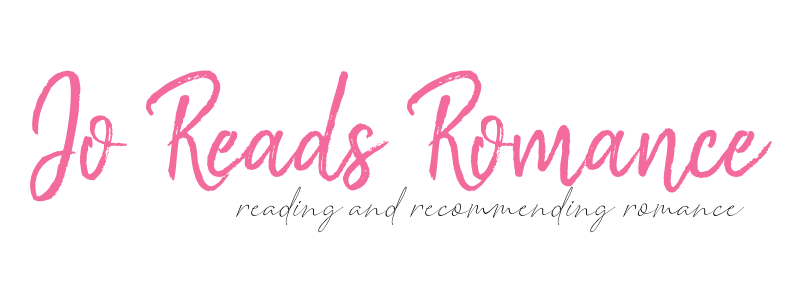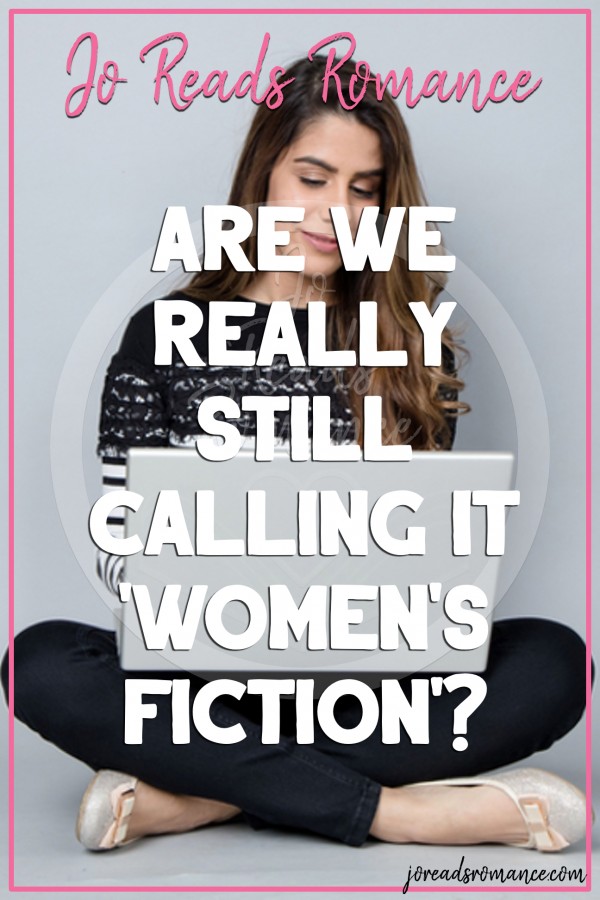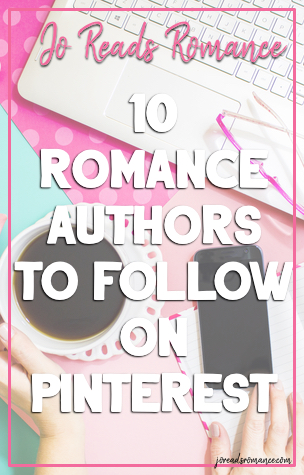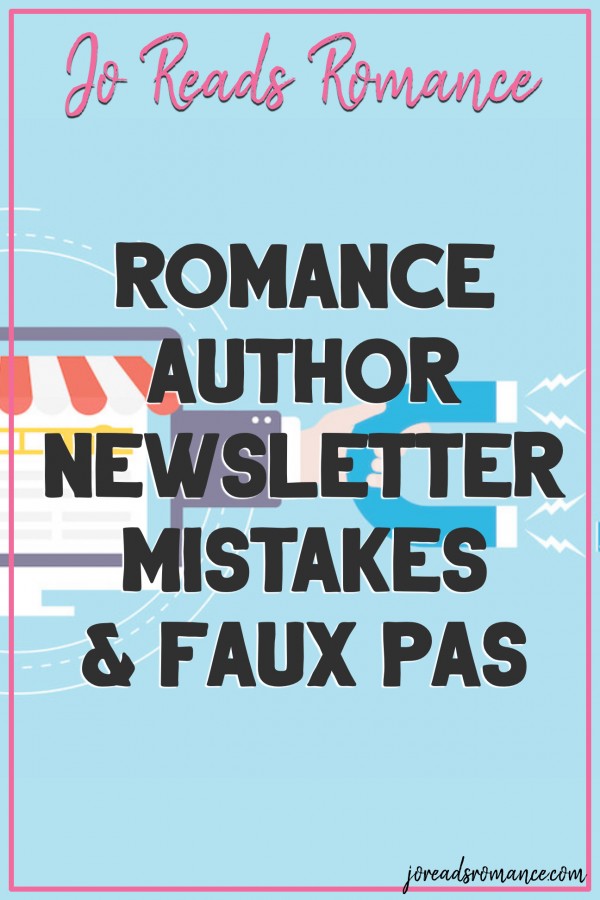
point of view / ˌpɔɪnt əv ˈvjuː / noun
The voice in which a story is told and its relationship to the events in the story.
Point of view is often critical to whether someone will enjoy a book or not.
It tells us who is telling the story.
You may enjoy reading a book from one person’s personal point of view. Or maybe you prefer an all-seeing, all-knowing narrator telling you the story. Or perhaps it just depends what mood you’re in.
To make sure you can choose a romance novel that fits with what you’re looking for, when reviewing a book, I indicate which perspective, or point of view, a story is written in.
But which point of view is which?
There are three types of point of view (POV):

First Person Point of View

First Person Point of View is where the story is narrated by a character in the story.
Uses “I” and “we” in areas of non-dialogue.*
E.g. I walk across to the window.
We smile at each other.
I kissed her.
Usually a story will be written in present tense or past tense.
🤍 First Person – Present Tense
The character is telling us what is happening, as it’s happening.
E.g. I walk across to the window.
We smile at each other.
I kiss her.
🤍 First Person – Past Tense
The character is telling us what has already happened.
E.g. I walked across to the window.
We smiled at each other.
I kissed her.

Second Person Point of View

Second Person point of view is where you, the reader, are the main character and narrate the story.
Uses “you” in areas of non-dialogue.*
E.g. You walk across to the window.
You smile at each other.
You kissed her.
It’s quite an unusual point of view (POV) to use – but perhaps gaining momentum with the rise of choose your own story adventures. Or, I suppose it would be choose your own romance! I would assume that, as first person, stories will be written in present tense or past tense – but present tense seems to make more sense to me.
🤍 Second Person – Present Tense
You, the character, are telling the story what is happening as it’s happening.
E.g. You walk across to the window.
You smile at each other.
You kiss her.
🤍 Second Person – Past Tense
The character is telling us what has already happened.
E.g. You walked across to the window.
You smiled at each other.
You kissed her.

Third Person Point of View

Third person point of view is where the story is narrated by someone all-seeing and all-knowing – probably the author themselves, now that I think on it!
Uses “he”, “she” or “they” in areas of non-dialogue.*
E.g. She walked across to the window.
They smiled at each other.
He kissed her.
Again, I would say that past tense is more common for third person point of view but that’s not to say that present tense doesn’t happen.
🤍 Third Person – Present Tense
The author, let’s say, is telling the story what is happening as it’s happening.
E.g. She walks across to the window.
They smile at each other.
He kisses her.
🤍 Third Person – Past Tense
The author is telling us what has already happened.
E.g. She walked across to the window.
They smiled at each other.
He kissed her.
Just to get more into it, there are also different types of third person point of view.
▫️ Third Person Narrator Point of View
The narrator knows EVERYTHING. Even things that have not yet happened, or not yet known by the characters. E.g. “What they didn’t realise was tomorrow, the car would break down.”
▫️ Third Person Multiple Point of View
The narrator only knows what the characters know. Said narrator knows what any of their characters think, feel, see, smell etc but not what will happen in the future or what is happening away from that character. So we can get the hero’s point of view, the heroine’s point of view and perhaps secondary characters’ points of view as well.
▫️ Third Person Limited Point of View
The narrator only knows what a particular character knows. So if the story is written from our heroine’s perspective, we only know what she is thinking and feeling. We only get her point of view.

* I’m making the distinction between areas of dialogue and non-dialogue because, of course, a character can say “I smiled at her”, “You kissed her”, “He walked across to the window” etc. all in the one story. It’s not the dialogue that makes the point of view – it’s the narrative itself. The bit that’s not the talking, in other words.

For Writers
This article is meant for romance readers looking to choose which point of view they prefer a book to be written in.
If you are a romance writer looking for more information on choosing which point of view to write your story in, these are articles might be useful:





1 Comment
Romance Glossary - An A-Z guide to the terminology of romance novels and the romance community - Jo Reads Romance
20 June 2023 at 10:02 pm[…] out about the different types of Point of View or read about the different […]